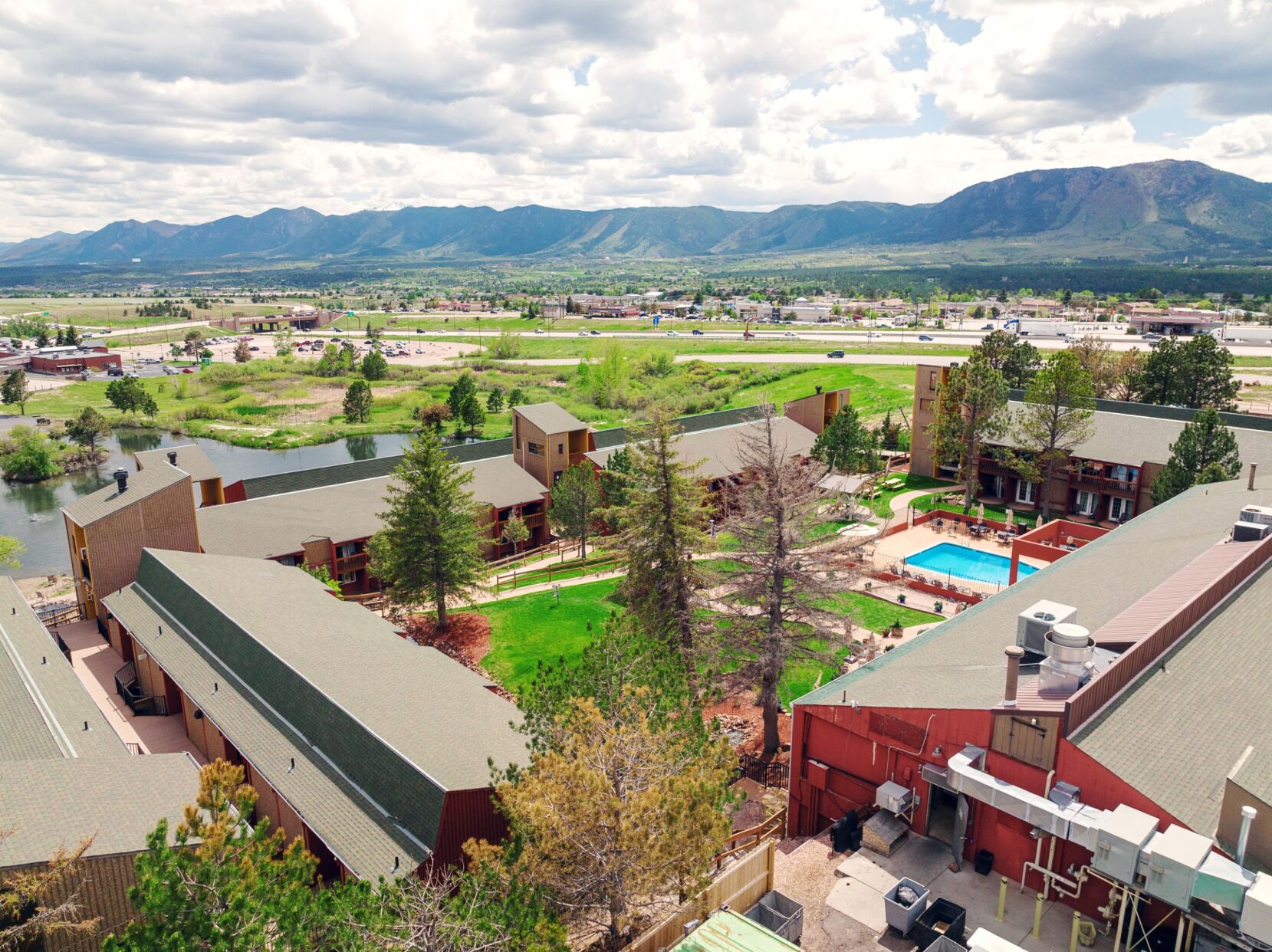Coca leaves have been used by the Incas and other tribes in South America for thousands of years for its anesthetic and euphoric effects. It wasn’t until the 19th century that cocaine was isolated from the leaves. Crack cocaine, which is a crystallized form of the drug, was developed by dealers in the 1970s to address the glut of the drug on the market but it didn’t flood the streets until the 1980s.
Cocaine and crack cocaine are quite different. Whereas cocaine is composed of coca paste mixed with hydrochloric acid, crack refers to the mixture of powdered cocaine, water, and baking soda. Users typically smoke crack and the effects are instantaneous. In comparison, it takes about 3 to 5 minutes for cocaine to take effect if you snort the drug.
What made crack so appealing to traffickers is the large profit margin due to the number of toxic additives they can mix with the drug: insecticide, boric acid, the diuretic Mannitol, paracetamol, the painkiller phenacetin, powdered sugar.
Crack Cocaine Effects and Abuse
Crack cocaine is even more potent than coke. Although it can be snorted or injected, most drug dependents smoke crack because that’s quickest way to reach the brain. The euphoria from smoking crack is also more intense.
That intense high also ends quickly, however. It peaks in 5 to 10 minutes, then slowly dissipates. When snorting powdered cocaine the effects last for about 30 minutes.
The Controlled Substances Act lists crack cocaine under Schedule I, which means it has no known or accepted medical applications and is highly addictive.
[content_left_box_right_cta_shortcode]
The Danger of Crack Cocaine
Although one obvious risk of crack cocaine is that you can get addicted to it very fast, its greatest danger may be its availability. A 2010 survey found that adolescents as young as 13 years old have access to crack. Almost a quarter of 13-14-year-olds in the US said that crack cocaine is easy to find. By the time they hit 18 years old, 45% say they know where to buy crack.
Addiction to Crack Cocaine
Most drug users eventually develop tolerance to the drug, requiring increasing amounts of the drug to maintain the same effect. This may lead to addiction and using the drug just to avoid withdrawal symptoms. With crack cocaine, you eventually reach a tipping point, at which you develop “reverse tolerance”: your body only needs a small amount of crack to respond.
This is not good news. It means you have consumed more crack than your body can handle and are at risk of cardiac arrest, respiratory arrest, and overdose.
This reverse tolerance level is different for each individual. You risk your life every time you smoke the drug, more so because it depends on the purity of the crack as well as the quantity the user consumes. More than 5 grams in one sitting usually results in a fatal overdose.A person overdosing on crack will have the following symptoms:
- Cold sweats
- Agitation
- Confusion and disorientation
- Unconsciousness
- Coughing up black mucus
- Shaking and tremors
- Fear
- Hallucination
- Narrowed pupil
- Breathing problems
- Seizure
- Coma
Crack Cocaine and Other Drugs
As dangerous as crack cocaine is on its own, it’s even worse combined with alcohol. For one thing, alcohol poisoning is more likely because it will take more to get intoxicated. For another, the two together can form cocaethylene in the body, which is extremely hard on the liver and can result in sudden death.
Other deadly combinations include:
- Crack cocaine with antidepressants may cause cardiac arrest.
- Crack cocaine and energy drinks may cause seizures and heart attack.
- Crack cocaine and heroin is so common it has a name: speedball. The combination of stimulant and depressant causes a dangerous strain on the system that has killed many, including several celebrities: River Phoenix, Philip Seymour Hoffman, Chris Farley, and John Belushi.
[blue_featured_content_shortcode]
Treating a Crack Cocaine Addiction
Rehab facilities first make sure the client is detoxed. This can be cold turkey, a tapering off with reduced amounts of the drug or substitute medication-assisted treatment. In extreme cases, a medical detox may be required. Cocaine is very hard on the body, which is why substitute drugs may be needed. Some drugs that have shown promise with cocaine users include disulfiram, buprenorphine, modafinil, and lorcaserin. However, the government has no advisory on which substitute drug should be used in detoxing a crack dependent.
Once the poison has been eliminated from the body, behavioral therapy can begin. Among the therapy models used by drug rehab centers are cognitive-behavioral therapy, contingency management, and motivational incentives.
There’s no single cure out there. The treatment plan will be constantly evaluated depending on how the patient will respond to the treatment. Treatment programs can either be inpatient or outpatient. They last from 30 days, 60 days, or 90 days. However, patients with severe addiction problems may stay much longer.
Individuals with co-occurring mental conditions need mental health treatment, too. The addiction may have led to the mental illness, or vice versa, so full recovery requires bot be addressed..
To prevent a relapse, the patient should be enrolled in an aftercare program recommended by Mountain Springs Recovery. These programs may include group sessions, the 12-step program from the Narcotics Anonymous, and a sober living situation.


